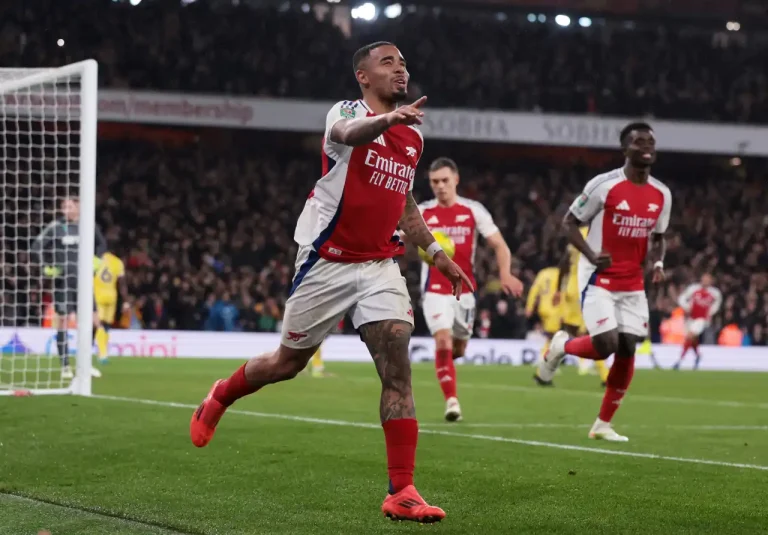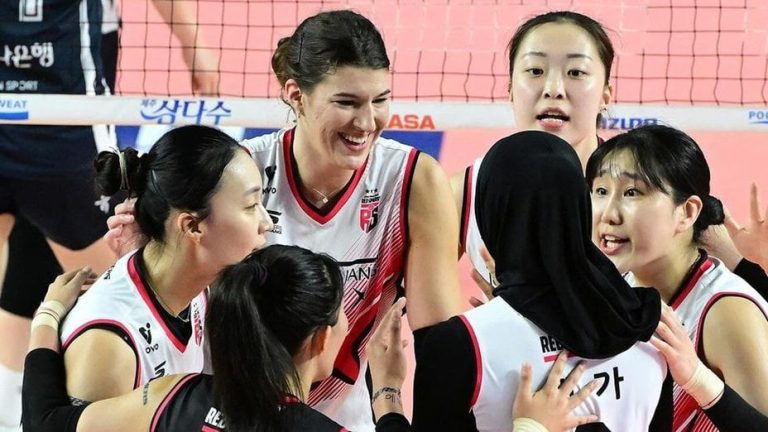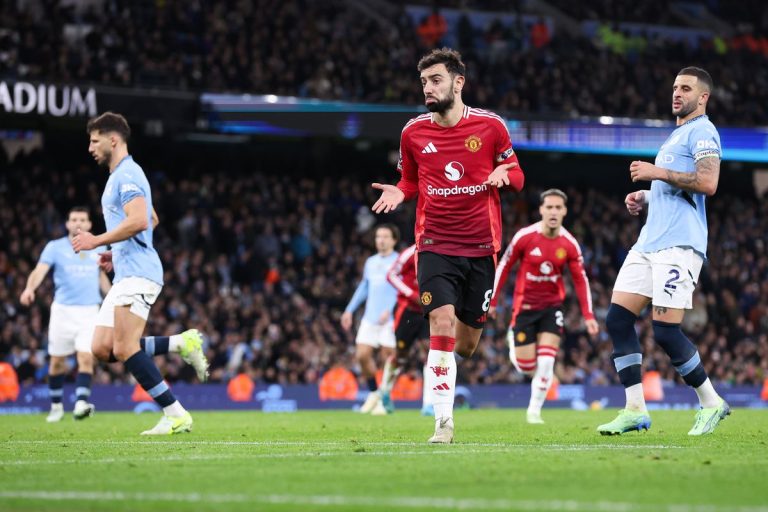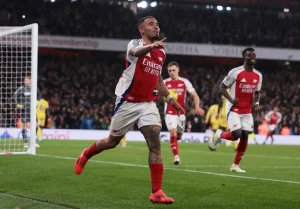From time to time, various tactical trends have emerged in football. Trends are often changing, so there are roles that continue to evolve. One of them is the role of playmaker. When the trend of alternating defensive and attacking football emerged, the role of the playmaker was identical to the number 10 jersey. Hence, this position is often referred to as the number 10 position.
They used to be the link between the midfield and forward. With above-average individual abilities and intelligence, they used to present a surprising effect. Whether it’s a fantastic individual action, a through ball, or whatever, the playmaker almost always emerges as the difference. If the performance is good, then all is well. Otherwise, the team is definitely in trouble. In the past, we were treated to the miraculous actions of number 10 players like Maradona, Riquelme, Rivaldo or Zidane, who routinely invite admiration.
However, as the trend of modern football tactics becomes more dynamic, that role no longer belongs to the number 10 player. Indeed, there are still number 10 players like Messi, Ozil and Neymar, but the number is decreasing. For tactical purposes, the position of the playmaker is placed in the middle. The previous position was identical to the back number 6 or 8.
When the tiki-taka short pass strategy was popular, the existence of “twin playmakers” became one of the keys. Both are indeed the same game conductor, but with different roles. One releases key passes and passes, while the other occasionally rubs the ball into the opponent’s back line. They are usually supported by an anchor midfielder, who is in charge of capturing the ball. In Barcelona, we find the twin playmakers in the duo Xavi and Iniesta, assisted by Sergio Busquets.
After the death of both, there is still a combination of Toni Kroos and Luka Modric at Real Madrid. Both were assisted by Casemiro, who is good at clean tackles. Recently, as the trend of “pressing football” strategy developed, the position of the role of playmaker was shifted again. There are coaches who put them as a deep lying playmaker aka a metronome with a role number 6, and there are also those who place them in a formation of two parallel midfielders or three parallel midfielders.
Generally, they are paired with anchor midfielders as a counterweight. In Italy, there is Andrea Pirlo who is assisted by Gennaro Gattuso at Milan and the duo of Arturo Vidal-Paul Pogba at Juventus. In the Premier League, there is Thiago Alcantara who is often paired with Fabinho and Jordan Henderson, as a component of Liverpool’s midfield. There is also Jorginho at Chelsea, who used to partner with N’Golo Kante.
Uniquely, in the current pressing football system, the role of the playmaker does not only belong to the midfield personnel, but also the back line. Recently, centre-backs have emerged who are good at dribbling the ball or releasing precise passes like a playmaker. For example, the duo Joel Matip and Virgil Van Dijk at Liverpool, David Luiz (Brazil) and Leonardo Bonucci (Juventus).
Defenders who are known as ball playing defenders often appear as impromptu playmakers, whenever the midfield stalls. This situation is possible, because pressing football usually applies a high defensive line. So, defenders are required to be more active in building attacks. For the same reason, the full-backs have also become more active in attacking, sending crosses, and even scoring goals, as the duo of Andy Robertson and Trent Alexander-Arnold (Liverpool), Kieran Trippier (Newcastle United) and Kyle Walker (Manchester) usually do. cities).
From time to time, the trend of strategy in football looks so dynamic. Evidently, the role of the playmaker alone continues to evolve. Interestingly, the dynamics of soccer tactical trends are actually able to erode the dichotomy between defending and attacking players. Nothing is higher or lower. All become one, either when attacking or defending. On the other hand, this dynamic makes all lines have an equal role in attack and defense. Just like the famous quote of Johan Cruyff, the legend of the Dutch national team, “the goalkeeper is the first striker, and the striker is the first defender”.
The proof is that apart from defenders who can become playmakers, goalkeepers are also increasingly involved in the process of building attacks from below. On the other hand, the attacker is also tasked with disrupting the opponent’s attack process from below, while opening up free space for other players. Hence, recently the term defensive forward emerged. This role has recently become popular, as has false nine, because it has proven to be effective. One popular defensive forward is Olivier Giroud.
Shifting the position of the playmaker’s role does sound complicated, because there are frequent modifications there. However, this is a positive dynamic, because it is able to create balance.
ASL
















